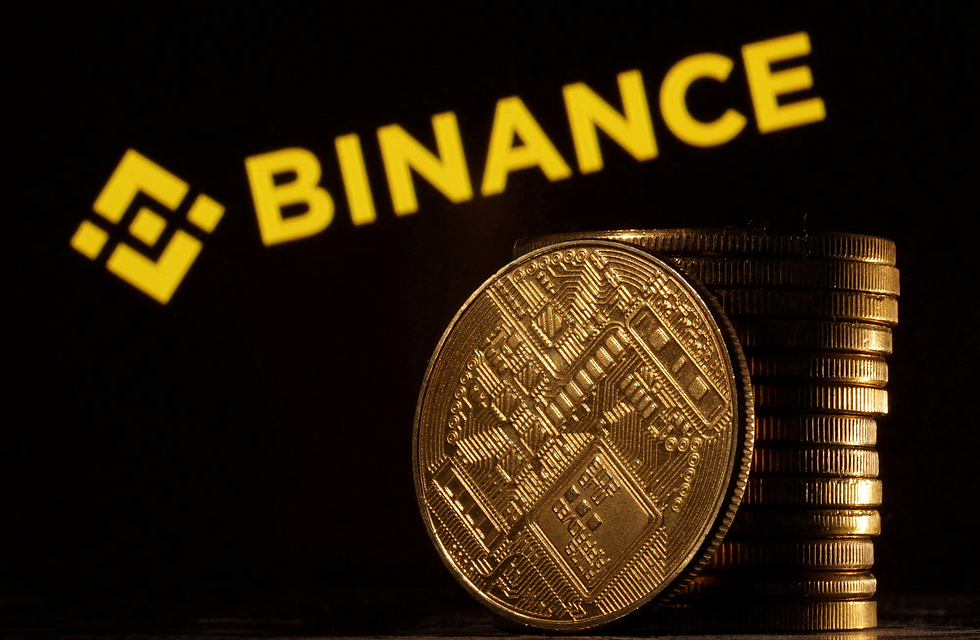South Korea Confronts Record Crypto Laundering as Hwanchigi Networks Drive SAR Surge
- Flexi Group
- Sep 24
- 3 min read
South Korea has reached a new inflection point in its fight against crypto-enabled money laundering. The country is witnessing an unprecedented rise in suspicious activity reports (SARs), with filings from virtual asset service providers already surpassing all previous records. This surge is far more than a statistical anomaly; it reflects deeper structural challenges as illicit finance adapts to regulation. Criminal groups are becoming increasingly creative, exploiting the tension between South Korea’s strict domestic foreign exchange rules and the borderless nature of cryptocurrencies.

The magnitude of these flows, running into trillions of won, underscores how underground brokers and stablecoin-based schemes are reshaping financial crime across the region. For compliance teams, regulators, and lawmakers, the implications are profound: more filings mean heavier workloads, sharper demands for analytical accuracy, and a pressing need to transform raw reporting into actionable intelligence. The swelling tide of suspicious transaction data is both a warning and an opportunity, highlighting the urgency of building stronger detection frameworks and coordinated enforcement before hwanchigi networks gain deeper footholds.
Hwanchigi, a long-standing illicit practice in South Korea, has become central to these developments. It involves individuals or networks circumventing strict foreign exchange controls by moving money abroad, converting funds into cryptocurrencies or stablecoins via offshore platforms, and then channeling assets back into the country for withdrawal in Korean won. The method exploits regulatory gaps between local remittance restrictions and global digital asset markets, often using structured, high-frequency transfers and intermediaries such as underground brokers to disguise fund origins. By blending offshore conversions with local withdrawals, hwanchigi creates the illusion of legitimate inflows, making it a favored typology for laundering large volumes while evading detection in traditional banking systems.
Between January and August 2025, virtual asset service providers filed 36,684 suspicious transaction reports, already exceeding the totals of both 2023 and 2024 combined. The spike is driven largely by hwanchigi schemes, which transform illicit proceeds into crypto offshore, route tokens back through exchanges, and then convert them into won. The Korea Customs Service has referred about ₩9.56 trillion—around $7.1 billion—in crypto-linked criminal activity to prosecutors since 2021, with roughly 90 percent of that tied to hwanchigi.
This practice is not random fraud but a calculated response to South Korea’s rigid currency controls. Criminals exploit the liquidity and stability of stablecoins, using them as rails for thousands of small, structured transfers. Traditional AML systems, designed to flag large single transfers, often fail to capture such patterns. As a result, reliable detection depends on integrating on-chain data, exchange ledger signals, and off-chain indicators to identify suspicious flows.
The rise in SARs reflects a dual reality: both illicit activity and detection capabilities have advanced. Hwanchigi networks have refined their use of offshore exchanges and stablecoin channels, while exchanges and analytics providers have improved clustering tools, tracing methods, and suspicious withdrawal monitoring. Compliance teams, in turn, are filing more conservative reports to protect themselves from potential regulatory exposure.
One widely discussed case involved an underground broker allegedly moving about ₩57.1 billion—approximately $42 million—via USDT transfers between South Korea and Russia. The case illustrates why stablecoins are so attractive to launderers: they offer fast settlement, low volatility, and the ability to structure flows across thousands of wallets.
Yet as surveillance technology matures, virtual asset service providers are filing SARs at much higher volumes. While this enhances financial intelligence, it also strains investigative resources. Law enforcement faces the paradox of receiving more data without the proportional capacity to act on it.
For virtual asset service providers and financial institutions, the challenge is no longer simply filing more SARs but improving their usefulness. That requires detection architectures that combine blockchain analytics, exchange data, and KYC metadata. Composite indicators—such as repeated stablecoin usage, rapid inflows and outflows, and tightly clustered counterparties—create stronger early-warning mechanisms.
Equally critical are intelligent triage processes and enriched SAR narratives. Skilled analysts with blockchain forensics expertise, standardized investigative playbooks, and stronger private–public intelligence sharing can turn detection into disruption. Exchanges that fall short of these standards face both regulatory consequences and reputational risks.
On the policy front, regulators are pushing for enhanced oversight of stablecoins, faster asset-freeze mechanisms, and greater cross-border cooperation. The focus of supervision is shifting beyond simple reporting volumes to the quality and prosecutorial value of SARs. Without parallel investment in enforcement capacity and international collaboration, hwanchigi networks will continue to adapt more quickly than the system can respond.
As South Korea’s SAR volumes break records and hwanchigi schemes expand in scale, the country stands at a critical juncture. Whether regulators, financial institutions, and law enforcement can keep pace with the creativity of illicit actors will determine how effectively the nation contains the growing threat of crypto-enabled money laundering.
By fLEXI tEAM
.png)
.png)







Comments